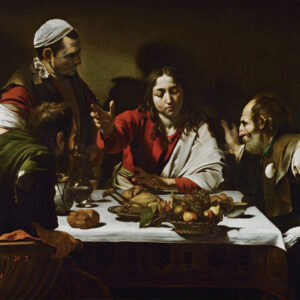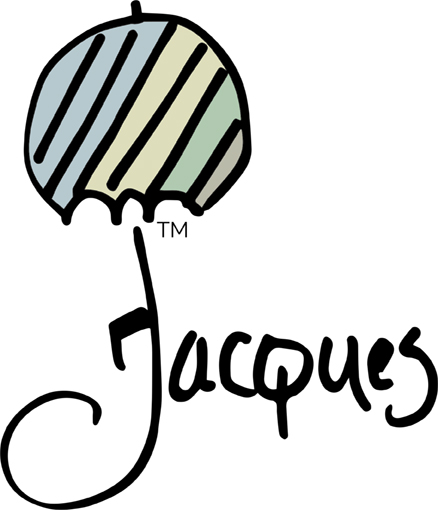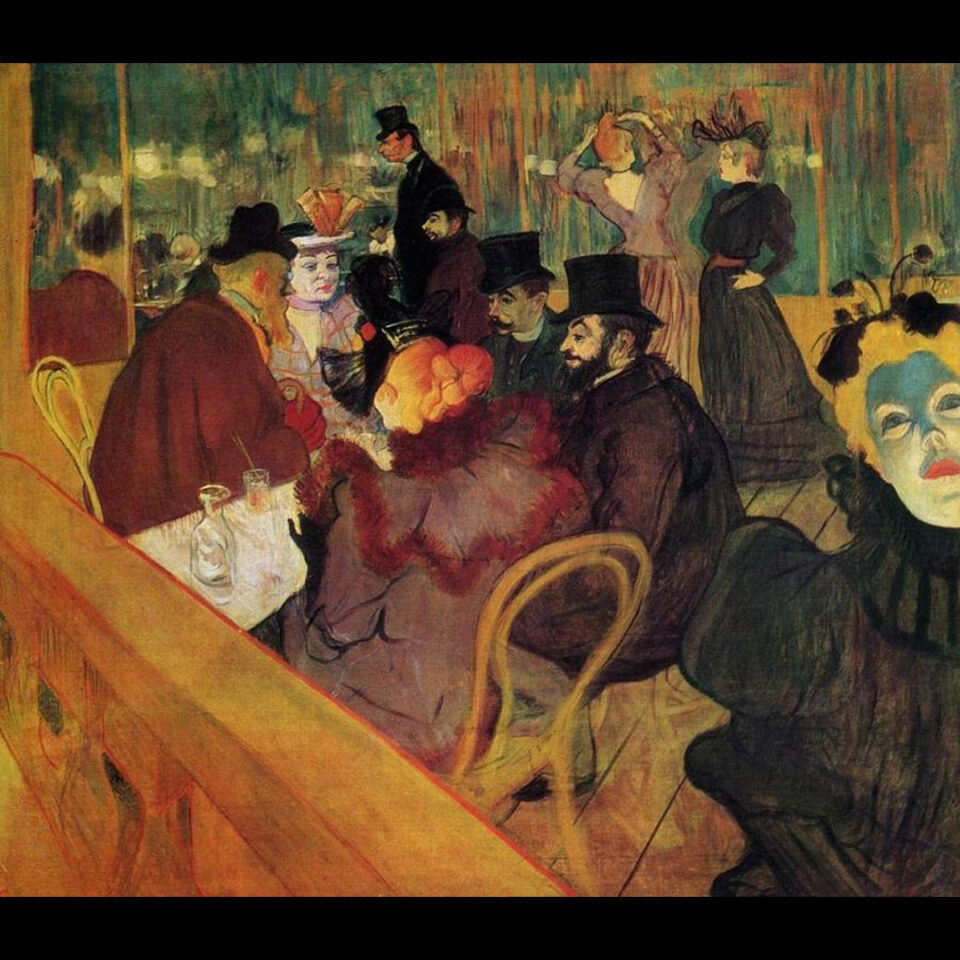“One cannot think well, love well, sleep well, if one has not dined well.”
Virginia Woolf
 A Women’s Thing: “Moving Feasts and Still Lifes: Food, Art, and Women in History” [*]
A Women’s Thing: “Moving Feasts and Still Lifes: Food, Art, and Women in History” [*]
“Of all the things I use to measure my days, food holds a very special place. Not only does it literally keep me going, it allows me to travel through time and to distant places without leaving my kitchen. It keeps me humble by reminding me of all I have to be grateful for and of everything I have yet to learn. Food nourishes, heals, pleases, and entertains. It plays a central role in most religions and in the social rituals of countless cultures. Food is a language unto itself, and while it’s true that it can have the power to divide, it also has the capacity to unite people coming from different places in meaningful ways. Sharing food is quite simply an act of sharing love and I long for the day when I can safely go back to practicing free (food) love by cooking for as many friends as I want, and patronizing restaurants bursting at the seams.
For some, cooking has been an important source of comfort during confinement, an opportunity to become more self-reliant, or to tackle that recipe for sourdough that previously seemed too time-consuming or intimidating. I seriously entertained the possibility of making “biscuits to excite Venus” after a late 16th-century Italian recipe (wouldn’t you, with a title like that?). I would have done it too, if I wasn’t out of a few key ingredients like diasatirion (otherwise known as “wolf’s testicles”): a blend of orchid root, lizards—skinks to be exact—chickpeas, cinnamon, ginger, and sparrow brains. While that particular venture didn’t work out, it did get me thinking about the history of food in relation to women, not only as consumers but also as creators, especially of culinary imagery. In her iconic “Dinner Party” (1974–79), Judy Chicago relies on the notion of a shared meal to draw attention to the persistent effacement of women’s contributions across disciplines and time. I see that arresting tribute as an essential marker in a fascinating history of women artists—many lesser known today—who used food and related motifs as their primary subjects. ”
*Quotation above is taken directly from the website cited and is the property of that source. It is meant to inform the reader and to give credit where it is due.
 Sybaris: “The Significance of Food in Art” [*]
Sybaris: “The Significance of Food in Art” [*]
“Food not only provides needed sustenance but like fine art, provides immense pleasure. Also, food helps define a culture and allow expression in preparation, making the presentation of foods a creative outlet. Foodstuffs have even been used to create art, like juices and animal fats used in creating paints since the Stone Age. Therefore, it is no surprise that food has been depicted in art for centuries.
When one considers the connection between food and art, the painting of “still life” often comes to mind. Not confined to just edible items, still life allows viewers to reconsider common everyday items when presented in art. The beauty of still life arises from the reality recreated in the painting. The realistic look of the shiny fruit, the juicy meat, or the decadent roasted duck, all demonstrate the skill of the artist. Still life art has been used throughout time and continues to be a method for aspiring artists to focus on their artistic abilities.
Eating has always been a social occasion, for rich and poor alike. However, the Romans took this activity to a whole new level, leaving behind the evidence (and waste) of their gatherings afterward. This was exacerbated by their tradition of collecting foodstuffs for their gods. Since this was socially acceptable, paintings in various forms show this demonstration of the experience, both in exhibiting sacred and everyday occurrences. Works of art show the contentment of wealthy diners, celebrating the experience of eating, socializing, and playing games–along with the mess left behind! However, food in art wasn’t used just to showcase wealth; the lives and experiences of average families were also exhibited in art. Van Gogh’s The Potato Eaters combines the presence of poor food and the perceived reality of being poor in dark colors, adding to the gloomy feeling.”
*Quotation above is taken directly from the website cited and is the property of that source. It is meant to inform the reader and to give credit where it is due.
Here is a gallery of some of our favorite artwork featuring dining throughout art history:



